
10 Best Hanging Succulents And How To Care For Them
If you are planning to give your house a fresh makeover without breaking the bank, hanging succulents will come to your rescue. We are all mindful of how incredible these distinctive plants are and the benefits they bring to our home's ambience.
And if you don't have a trailing green thumb but want to start your collection, these hanging succulents are a great place to get started because of their low care requirements and minimal upkeep.
There is no better way to make use of bare spaces or to liven up boring window sills than by adding a trailing plant to your collection. The trailing habit of these ten beautiful succulents makes them perfect for draping from hanging containers or tiers of shelves.
Today's topic is all about the most attractive and popular hanging succulents for decorating your home. So let's get started with "Hanging Succulents 101," shall we?
1. String of Buttons

A necklace vine, also known as a "string of buttons," is an attractive trailing vine whose leaves wrap around the stem in a densely stacked formation. This lovely trailing plant has leaves that are pale and blue-green in hue and that turn pink or crimson at the edges when exposed to sunlight.
These lovely plants come in various colour combinations and would look fantastic displayed in a pot or hanging basket beside a window. Crassula perforata is a fast-growing succulent that may be kept indoors or outdoors, but it does best when given plenty of sunlight. Etiolation is the stretching process that happens with a string of buttons when they aren't exposed to enough sunlight for an extended period. This is a sign that your plant needs more light, which can help prevent flimsy stems and poor growth.
If you're planning to grow these trailing beauties outside, be sure to not get their leaves burned in intense heat or harsh sun rays. This hardy, beginner-friendly trailing succulent hails from the rocky slopes of Africa and would look fantastic in your space if you allowed it to cascade from a hanging pot.
How To Care For a String of Buttons
Soil: The soil should be a cactus/succulent mix with perlite for optimal drainage. This plant can also grow in sandy soil. To make this medium, mix cactus or potting soil with coarse sand.
Water: Watering mostly depends on your climate and where you live. This is a drought-resistant plant, but allowing the soil to dry before watering would be the ideal choice.
Light: The string of buttons is a very adaptable succulent that thrives in indirect sunlight. Indoors or out, you want to make sure your plants get plenty of healthy light without getting scorched.
Extras: This succulent may be toxic to pets and children, so you might want to choose a spot away from your furry friends. Crassula perforata blooms in white and yellow flowers during its growing season.
2. Burro’s Tail
Our list of hanging succulents will be barren without the donkey’s tail (Sedum morganianum), which is one of the most stunningly fresh-looking sedums to have to hang around your house. The foliage of a burro's tail, a perennial succulent, can be green or blue, and the plant itself is delicate and highly sensitive to touch. These stunning leaves can be used indoors or outdoors for a touch of natural beauty.
Although its leaf drop makes this succulent seem difficult to care for, it does pretty well in full sun and sandy soil. The sedum donkey's tail may be drought-resistant, but it still needs consistent watering from spring through fall, with the soil being allowed to dry out completely in between waterings. It is good to re-pot your burro's tail and forget about it, as they prefer not to be bothered. This toxic-free, hanging succulent is safe for humans, animals, and the environment.
If you periodically forget to water your burro, don't worry about it too much, as its fleshy leaves can hold water for some time. In the warmer months of spring and summer, this succulent appreciates refreshing showers in summer and spring but occasional sips in the colder months when they go dormant. This plant does quite well in cool temperatures but thrives in warmer tropical areas with bright sunlight.
How To Care For a Burro's Tail
Soil: This succulent prefers a container with excellent drainage and fast-draining soil, such as sandy soil. Burro's tails, which are native to dry climates in Central America, particularly Mexico, require a cactus or succulent mix with similar soil conditions.
Water: A burro's tail appreciates cool showers, particularly in the summer. Your gorgeous succulent will thrive with regular soaking and drying. Let the topsoil dry up entirely before watering, and focus on soaking the soil rather than the plant's leaves. The soil should be watered thoroughly every 9–14 days in sunny locations.
Light: The burro's tail is most comfortable in complete shade but will tolerate dappled sunlight. It's worth mentioning that these plants will thrive when placed on a balcony, patio, or sunny window sill where they can enjoy sunlight every day.
Extras: These are pest-free succulents that may rarely face issues with aphids. Avoid repotting a mature plant since it can damage your succulents. Over-watering the burro's tail may cause soggy roots and shrivelled leaves.
3. String of Pearl
This unique succulent vine is easily identified by its peculiar pea-shaped leaves that resemble a string of buttons. The trailing plant has lush green foliage that delicately spills from its trailing stems and will look fantastic from a hovering basket or pot.
White blossoms with a cinnamon-like scent will bloom on this fast-growing succulent in spring if it is planted during the warmer months. Growing as a ground cover, a string of pearls is endemic to the arid regions of eastern Africa.
This trailing rosary vine particularly loves to be propagated, and it can live for up to five years in captivity if given the necessary care. This succulent can handle both indirect and direct exposure to sunlight to flourish and develop healthy, strong growth.

How To Care For A String of Pearls
Soil: Though it would do well in any standard succulent soil, sandy soil is ideal for this plant. This trailing beauty only needs a cactus potting mix with good drainage.
Water: The soil should be kept slightly damp during the growing season but allowed to dry out during the winter. Simply give it a good soaking and then let it dry out.
Light: A string of pearls requires a lot of sunlight. During the early hours of the morning, bright sun exposure and, in the afternoon, partial shade would be great.
Extras: Fertilizer should be applied to this succulent during the growing season. Keep your pets and kids away from this plant, as it can be toxic to them.
4. Hindu Rope
Succulent plants in the genus Hoya include the subspecies Hoya compacta. This unique trailing succulent is called Hindu rope, or krinkle kurl. It has waxy, shiny green leaves that look like they came from another planet.
Hindu rope, which comes from Australia and East Asia, is a common houseplant even in northern America. This slow-growing, long-lived succulent looks great cascading from a hanging basket or container on high shelves or balconies. In the spring and summer, Hoya compacta bloom with clusters of pure pinkish-white flowers that have a lovely aroma.
The Hindu rope succulent is a good option for someone who has never had any experience with houseplants before because it requires nothing in the way of attention beyond a bit of sunlight and a well-drained potting mix to flourish.

How To Care For A Hindu Rope
Soil: Hindu rope rots in soggy conditions. So, this succulent needs a soil mix for cacti or succulents that lets the roots breathe. You only need to give this succulent pot good drainage and soil that is light and airy.
Water: This would be a tricky part of growing Hoya compacta. This succulent, unlike many others, does best with regular watering and needs to be watered often in a hot climate. Hindu rope can be cared for using the soak-and-dry method, in which you water the plant thoroughly down to its roots before allowing the drainage plate to absorb the water. The pool needs to be drained right away because this plant can't stand to have its feet in the water and will die if its roots start to rot.
Light: Optimal conditions for the growth of Hindu rope include a combination of direct and indirect sunlight. Yellowing of the leaves is a common outcome of being scorched by the sun.
Extras: During the growing season, the plant needs to be fertilized so that it can keep its lush green leaves and produce beautiful flowers. This creeping succulent thrives on annual spring pruning and grooming.
5. Ruby’s Necklace
Othonna capensis, sometimes known as "Ruby's Necklace," is an alluring trailing vine with striking purple and ruby stems and thick, luscious green foliage. If given the proper care, this hanging succulent can bloom with tiny yellow flowers that resemble daisies all year long.
"A string of pickles," often known as the "little pickles," is a succulent native to the famous succulent destination, South Africa. These succulents are members of the Asteraceae (Aster) family and require little care and maintenance. If you want to grow a trailing succulent indoors, Ruby's Necklace is a splendid choice! It can grow up to 2 inches tall and then trail down, making it a bright and colourful addition to any room.
If it is happily stressed out in the sun, the distinctive bean-shaped leaves on its stems can change from green to purple to red. Visitors and guests will be impressed by the way this succulent's rich colours liven up the room.

How To Care For A Ruby’s Necklace
Soil: A typical succulent potting mix will be a great choice for Ruby's necklace. For excellent drainage, you can mix pumice or perlite with the succulent mix for healthy growth.
Water: The soak-and-dry method of watering is a way to make a great ruby's necklace. Watering the plant thoroughly and draining the pool is what you must do. Allow the soil to go bone dry before watering again.
Light: Full or partial sunshine is fine for Ruby's necklace. The leaves are green at lower light levels but change to a deep purple, almost ruby, colour when exposed to more and more sunlight, earning this succulent its common name. We should hang this stunning gem near a window for direct sunlight or under a grow light.
Extras: Little pickles are a succulent that can be easily propagated by stem cuttings. It's safe to grow this stunning plant in your own home without worrying about your pets, as it's completely toxin-free!
6. String of Hearts
Now, it's time for a truly tolerant succulent that would be an iconic addition to your dull space. Ceropegia woodii, sometimes referred to as a "string of hearts," is a succulent that trails and grows in Swaziland, Zimbabwe, and South Africa.
The leaves of this well-known plant have a distinctively textured appearance and come in a range of grey, blue, and silver-green hues with stunning pink or red highlights. Many people have fallen in love with this gorgeous succulent because of its heart-shaped leaves.
To fully appreciate the stunning development of this succulent, it must be hung from a high location so that it can reach a height of 3 to 9 feet, at which point it will cascade from its pot in a heart-shaped waterfall. A string of hearts can be cultivated both indoors and outdoors, but the leaves will scorch in direct sunlight.

How To Care For A String of Hearts
Soil: A cactus and succulent blend are ideal, as these plants require porous, fast-draining soil. When combined with normal soil, a pumice or perlite mix promotes optimal growth.
Water: It's important to avoid overwatering your chain of hearts because they'll develop root rot if the soil stays soggy for too long. It is best to water them thoroughly if the soil becomes dry during the warmer months and to water them less frequently during the winter months when they are dormant.
Light: A string of hearts prefers indirect sunlight but does well in brighter conditions. If you're growing this beauty indoors, hang it near a south or west-facing window, and give it light and filtered shade during periods of extreme cold.
Extras: Fertilizing once a month during their active growth stage is best. It's not necessary for the winter. Pruning and grooming will encourage this succulent to grow into a thicker, bushier form.
7. Fishhook Senecio
This trailing succulent is low maintenance and will quickly become a favourite houseplant. This lovely greenery will flourish whether you hang it indoors or out.
The string of fishhooks belongs to the Senecio family. This plant's native range includes southern Africa, where it can be found growing as a ground-covering vine. Many people confuse a string of fishhooks with other Senecio varieties, such as a string of bananas or a string of pearls. This plant has odd, green, bean-shaped leaves. It is an easy-to-grow tropical plant that prefers warm conditions.

How To Care For A String of Fishhook
Soil: Cactus soil mix, as this plant is succulent and requires a nutrient-rich, arid environment. Soil should never be damp and should instead be light and airy.
Water: This is a drought-resistant plant that stores water in its tendrils; before watering, feel the soil's surface to see if it's dry. Don't water it if the ground is already damp.
Light: A line of fishhooks needs a lot of direct or indirect sunlight. To get the best results, place the pot near a south- or west-facing window.
Extras: This trailing beauty doesn't need fertilizer and is only mildly harmful if swallowed. To add, trimming is recommended if this gets too long.
8. String of Nickles
The tropical regions of India, Australia, and Asia are the natural habitat of the string of nickles. This vining succulent is probably not something you see very often in your home. The string of nickels may thrive in partial shade, unlike many other succulents. So, even if your environment lacks sunlight, you can still readily find a nickel string.
These tropical plants often require little attention and care. These plants are considered soft-hardy since they cannot withstand low temperatures and grow best in year-round warmth. Because this succulent gets rootbound so quickly, it may need a new pot once a year.

How To Care For A String of Nickles
Soil: A string of nickels requires loose, well-drained soil. However, normal soil is not recommended because it can lead to root rot.
Water: Misting and spraying a string of nickels daily might help them last longer.
Light: These thrive in dim settings and should be placed in a north- or east-facing window.
Extras: A string of nickels can grow quickly from cuttings, doesn't need much fertilizer, and only needs to be trimmed and groomed once a year to do well.
9. Trailing Jade
We cannot end our conversation today without a jade. The trailing succulent called vining or weeping jade lives in the jungles of South America, Kenya, and Tanzania. This succulent has thick, overlapping, egg-shaped leaves that look great displayed on a pedestal.
This succulent produces orange blossoms in the winter and fall, and its leaves may take on a purple colour at that time of year. The vining jade is a fantastic plant that does well in partially shaded locations. When its juicy leaves cascade from a container, its thick stems provide an attractive visual.

How To Care For A Trailing Jade
Soil: The sandy, loose potting mix will allow this succulent to drain well and get enough air.
Water: Don't drown your trailing jade by watering it too frequently; instead, wait until the soil is completely dry before giving it another drink.
Light: This succulent species prefers full or partial shade, which is common in arid regions.
Extras: Trailing jades are susceptible to mealybugs, but otherwise require neither fertilizer nor frequent repotting.
10. Little Missy Sedum
The little missy is a succulent plant that lives for many years and is endemic to southern Africa. It has unusual rose-shaped leaves that are often a greyish-green colour. It has thin, short stems but spreads out greatly in a container, and its sometimes pinkish or bluish-green foliage can be quite attractive.
Summer and spring are flowering times for this lovely trailing sedum, which produces pink and white blooms. In 2–5 years, this succulent mat will grow to a respectable height. Despite its name, this plant does not require a lot of sunlight and may survive in dry conditions.

How To Care For A Little Missy Sedum
Soil: Plant your little stone crop in sandy, loamy, or chalky soil. This plant can grow in both dry and wet places, as long as the soil drains well.
Water: This trailing missy has higher water needs in the spring and summer, but it does let the topsoil dry out between waterings. Watering should be cut back throughout the winter.
Light: A south-facing window is great because it receives full to partial sunlight all day long.
Extras: Stem-and-leaf cuttings of Sedum 'Little Missy' are a simple and effective method of propagation. The sedum plant is not plagued by any dreadful bugs or diseases. Pests like aphids and flies may need your attention. It is possible to get rid of them by spraying insecticidal soap or neem oil on the plants.
Conclusion: In the end, these amazing hanging succulent plants will be the talk of your town and will surely spice up any space that they reside in. Do let us know your thoughts and comments on these hanging babies, and we will be glad to help you out!
Check out our hanging plants and succulents here!


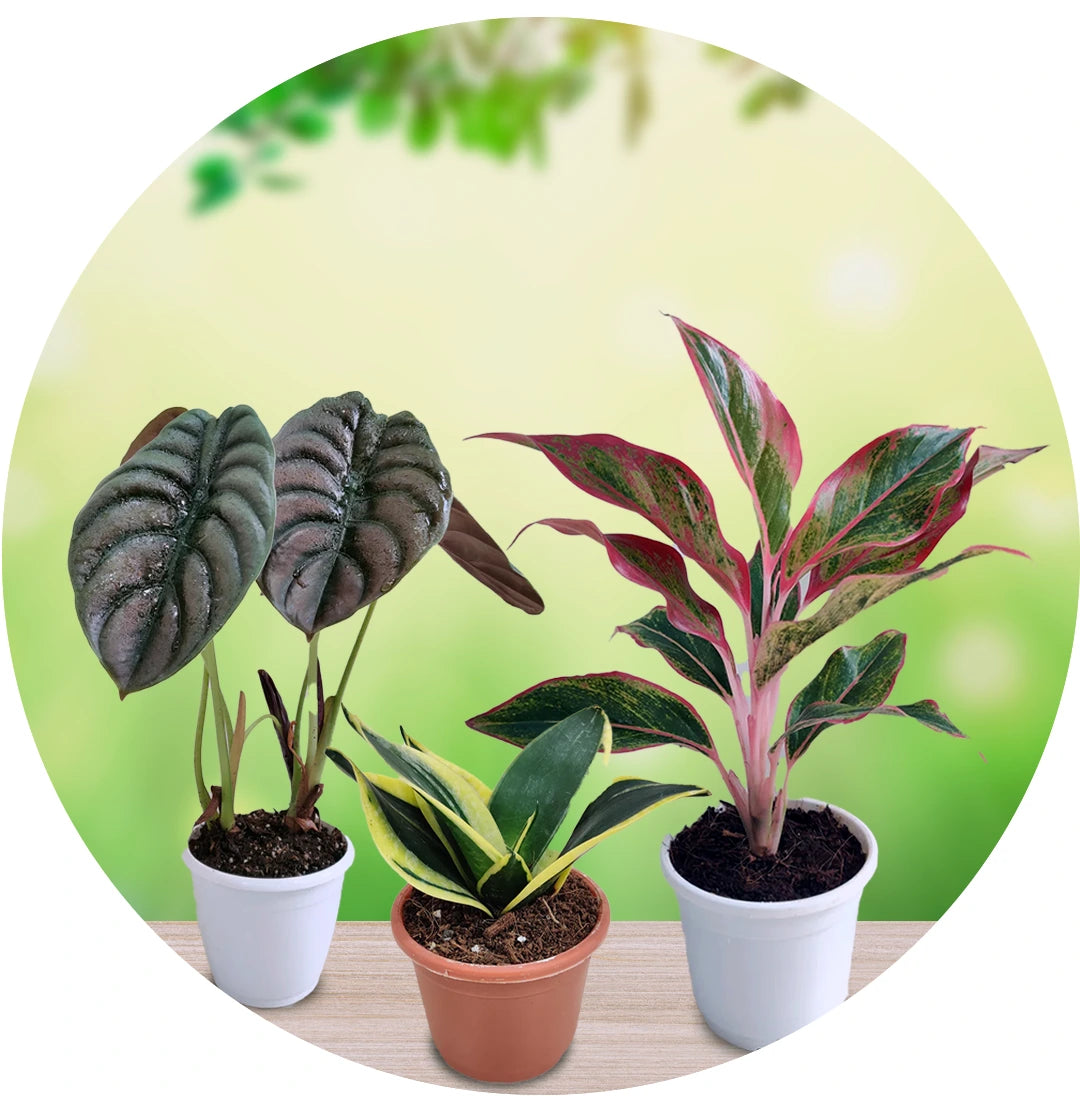
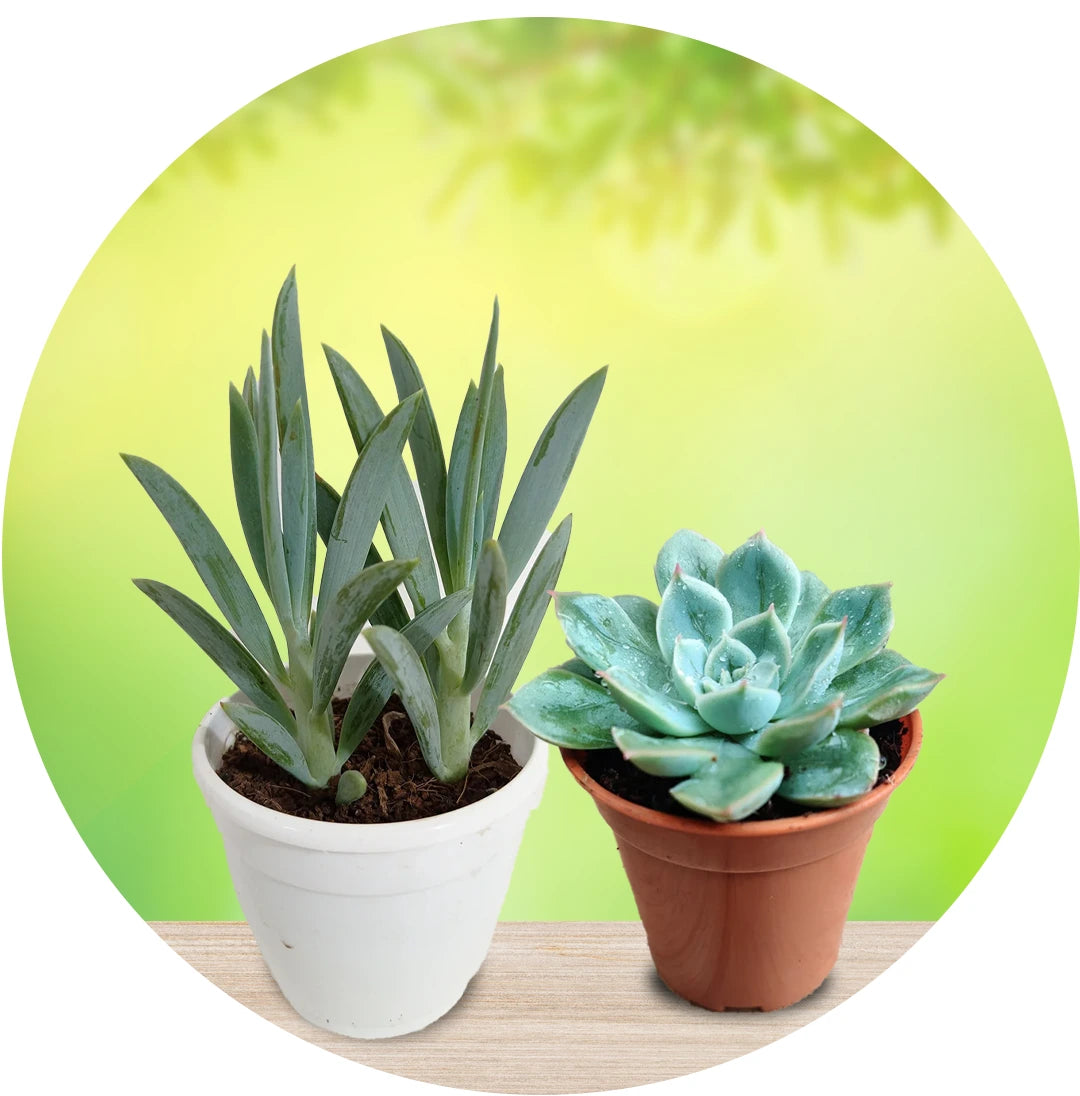
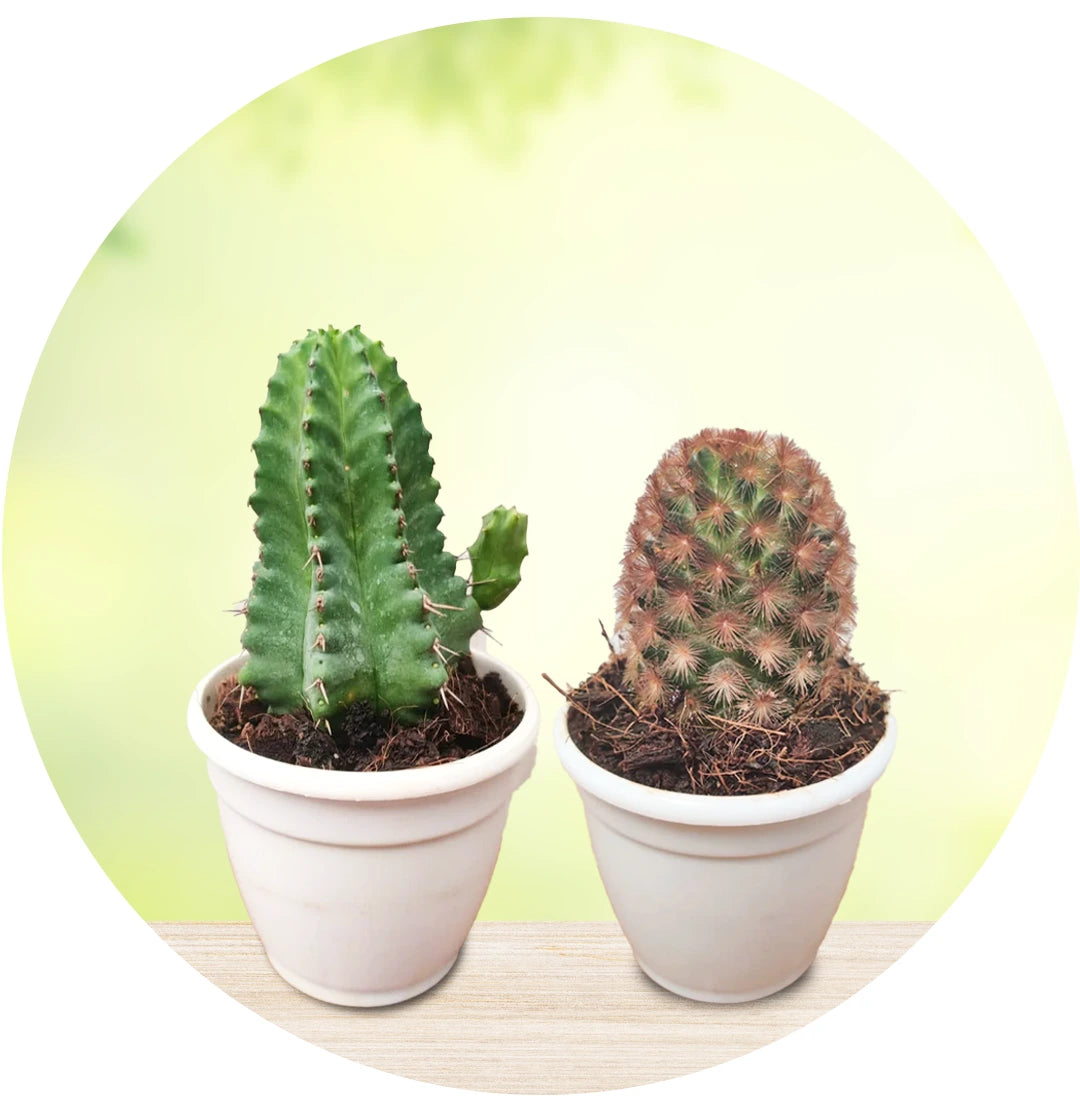
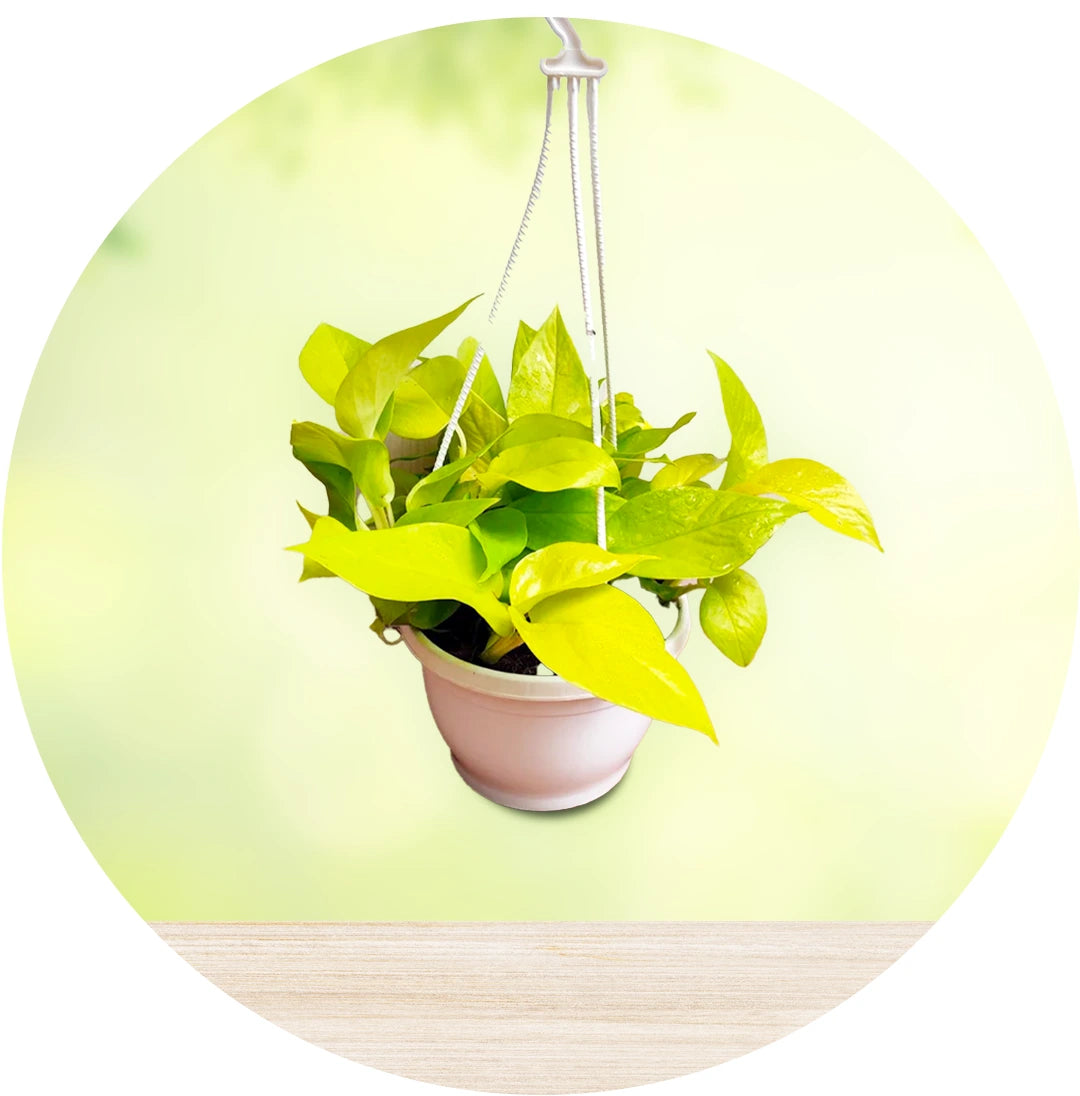
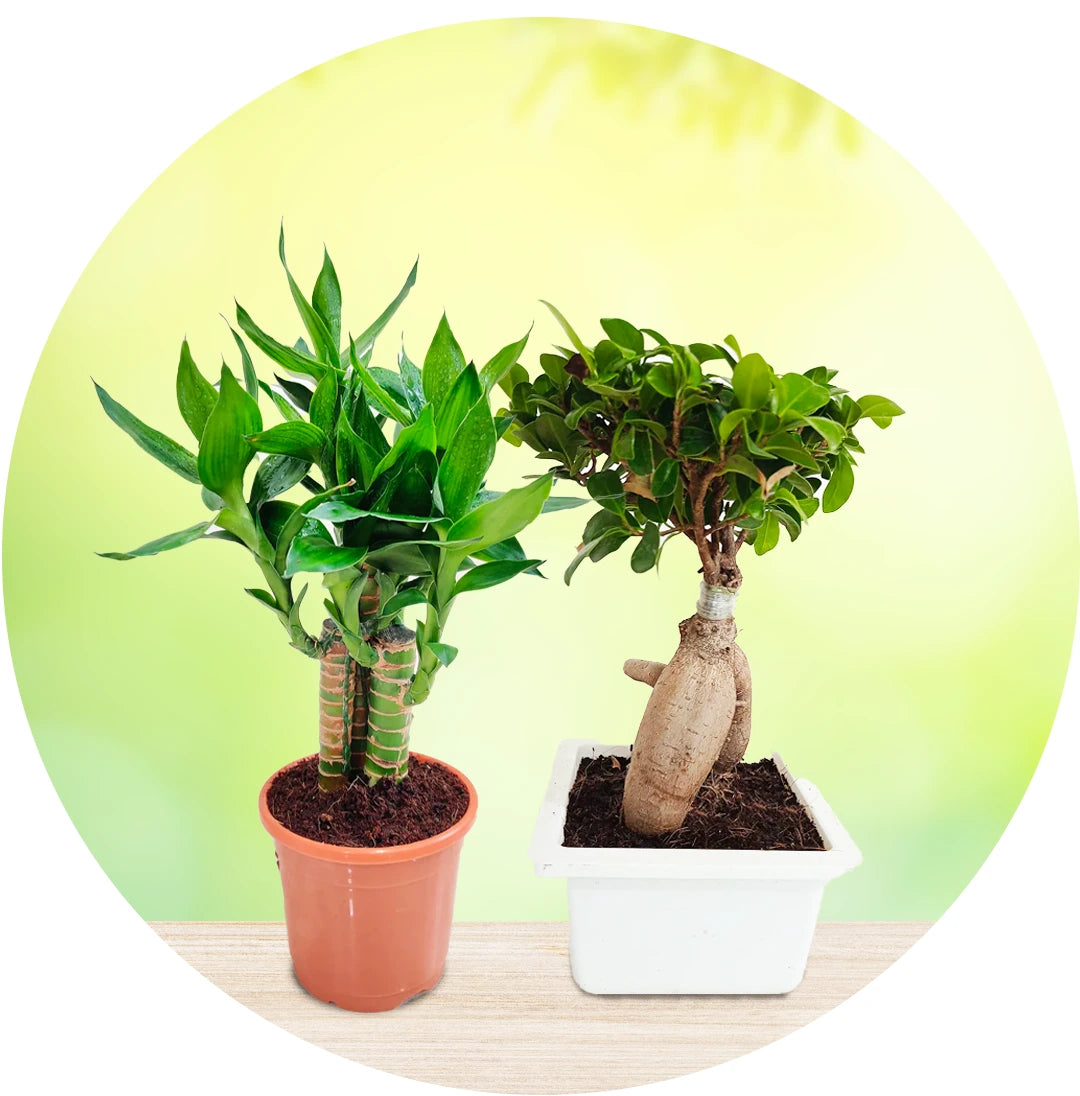
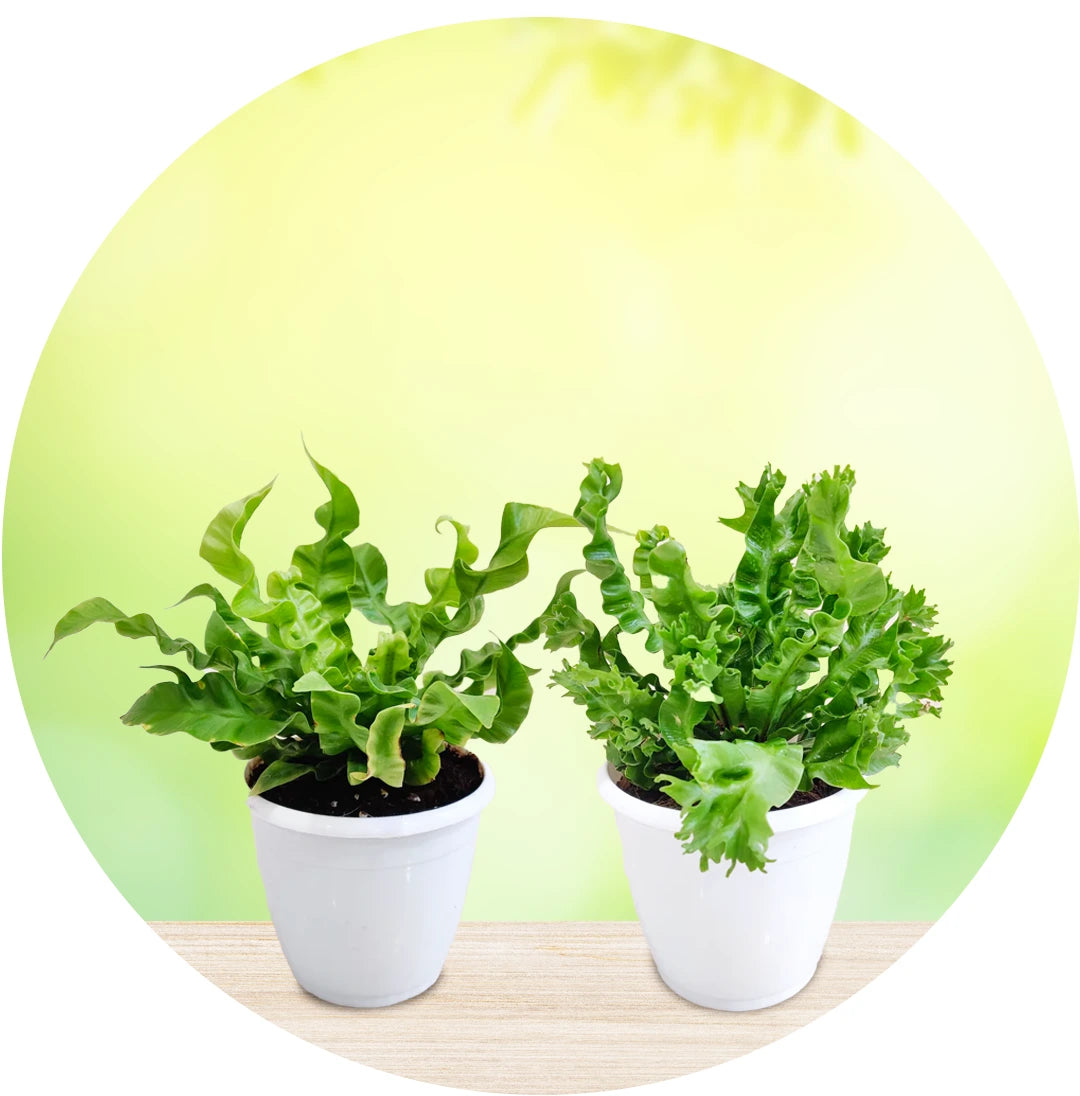
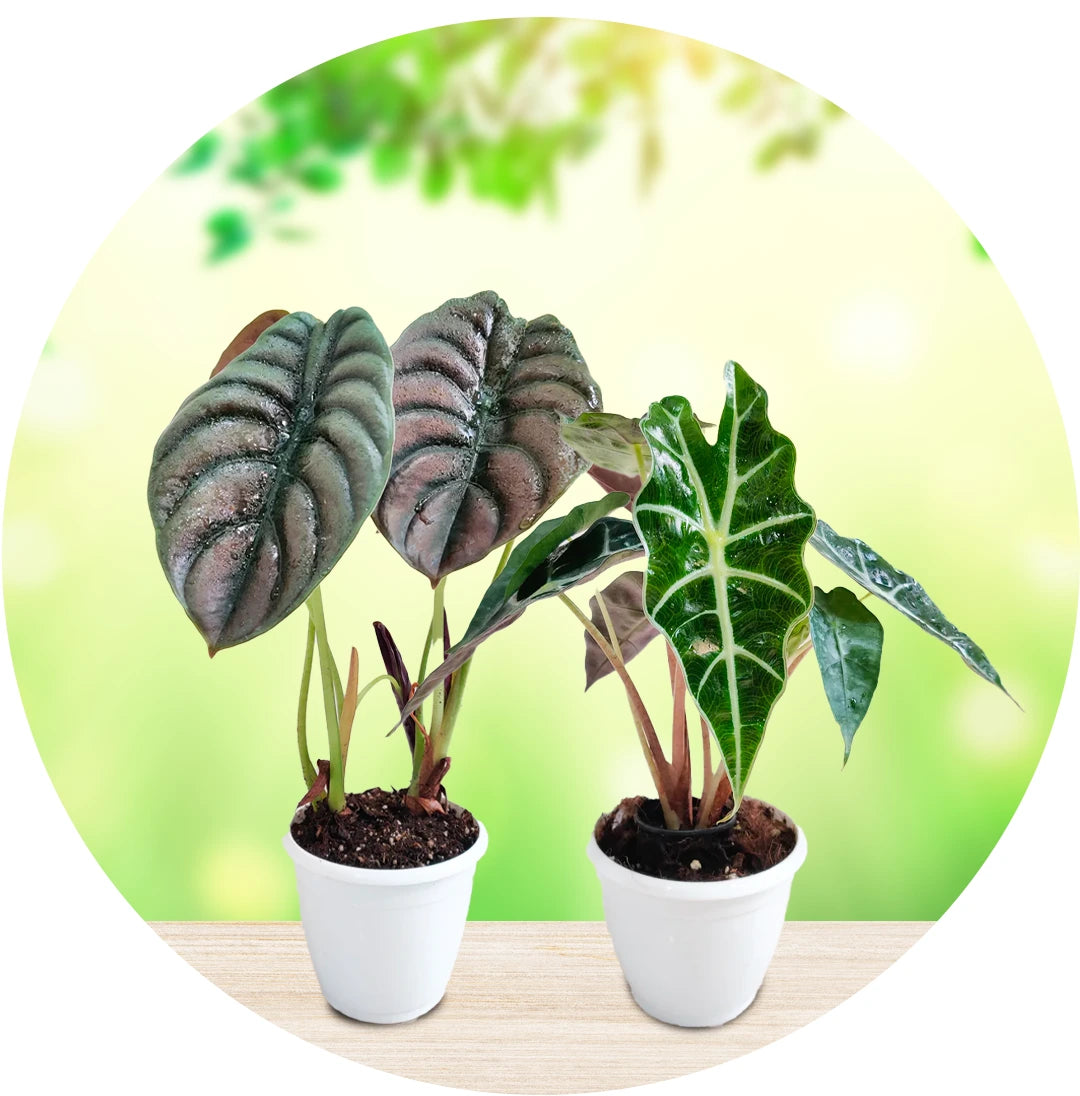
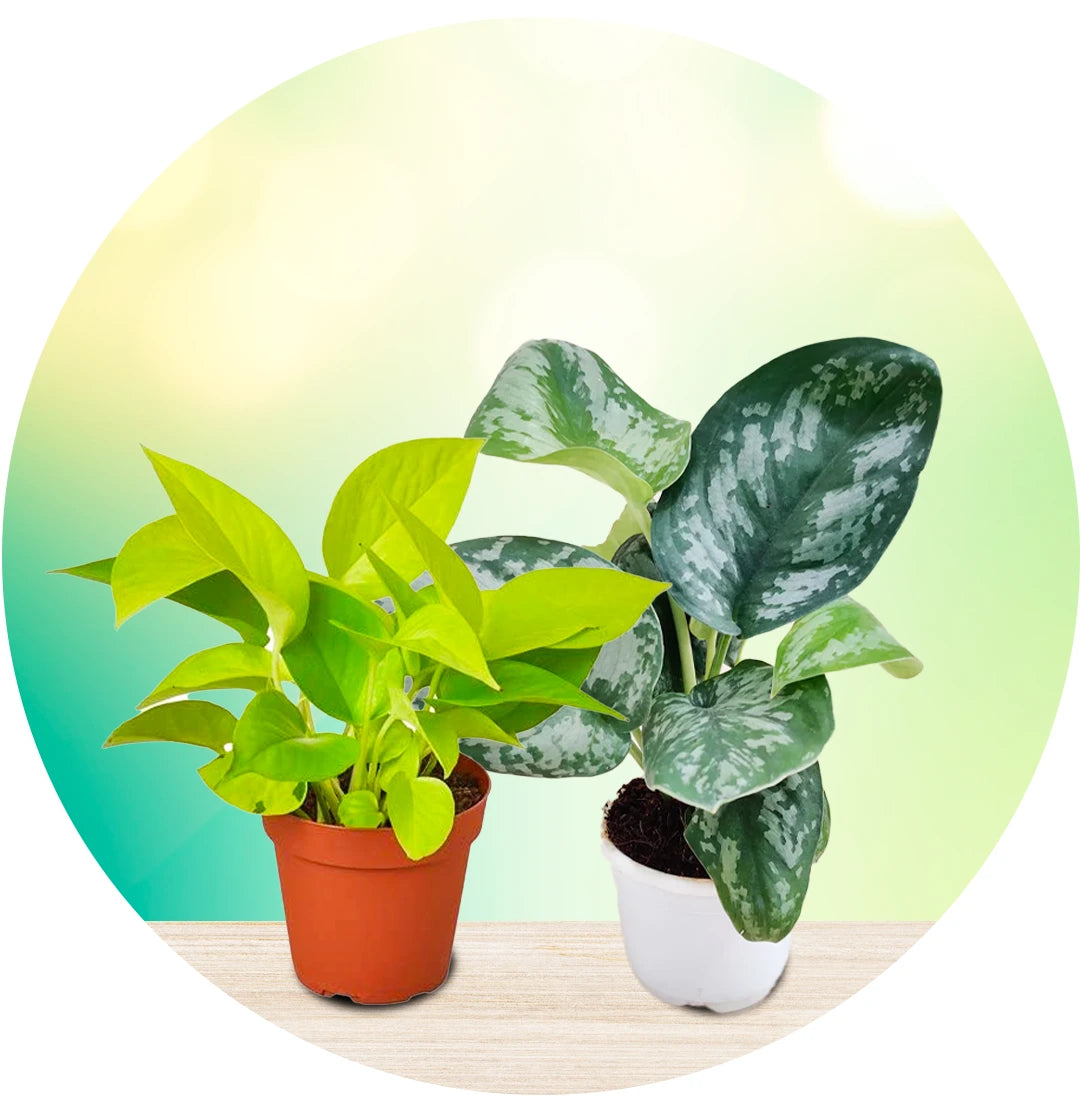
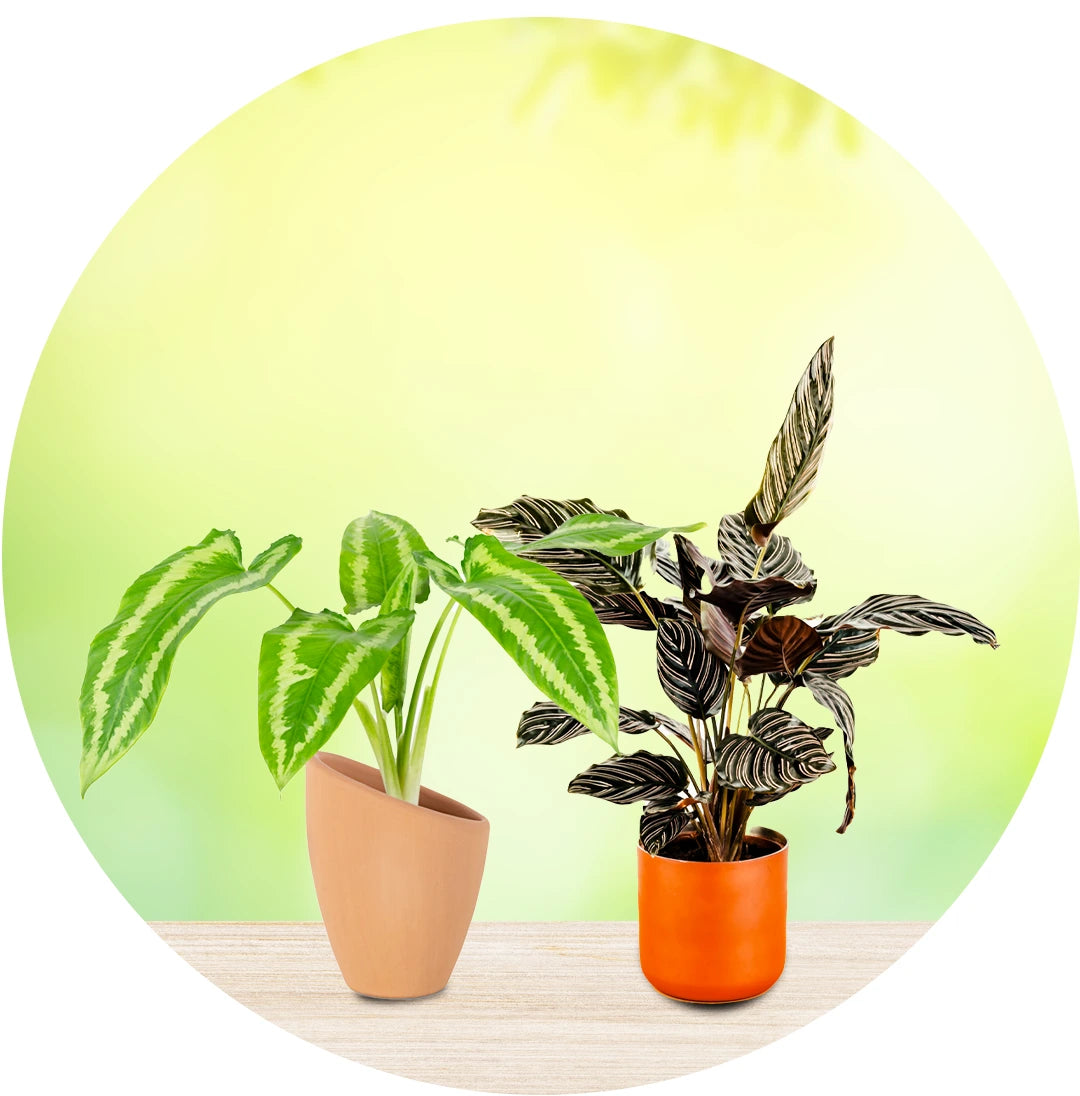
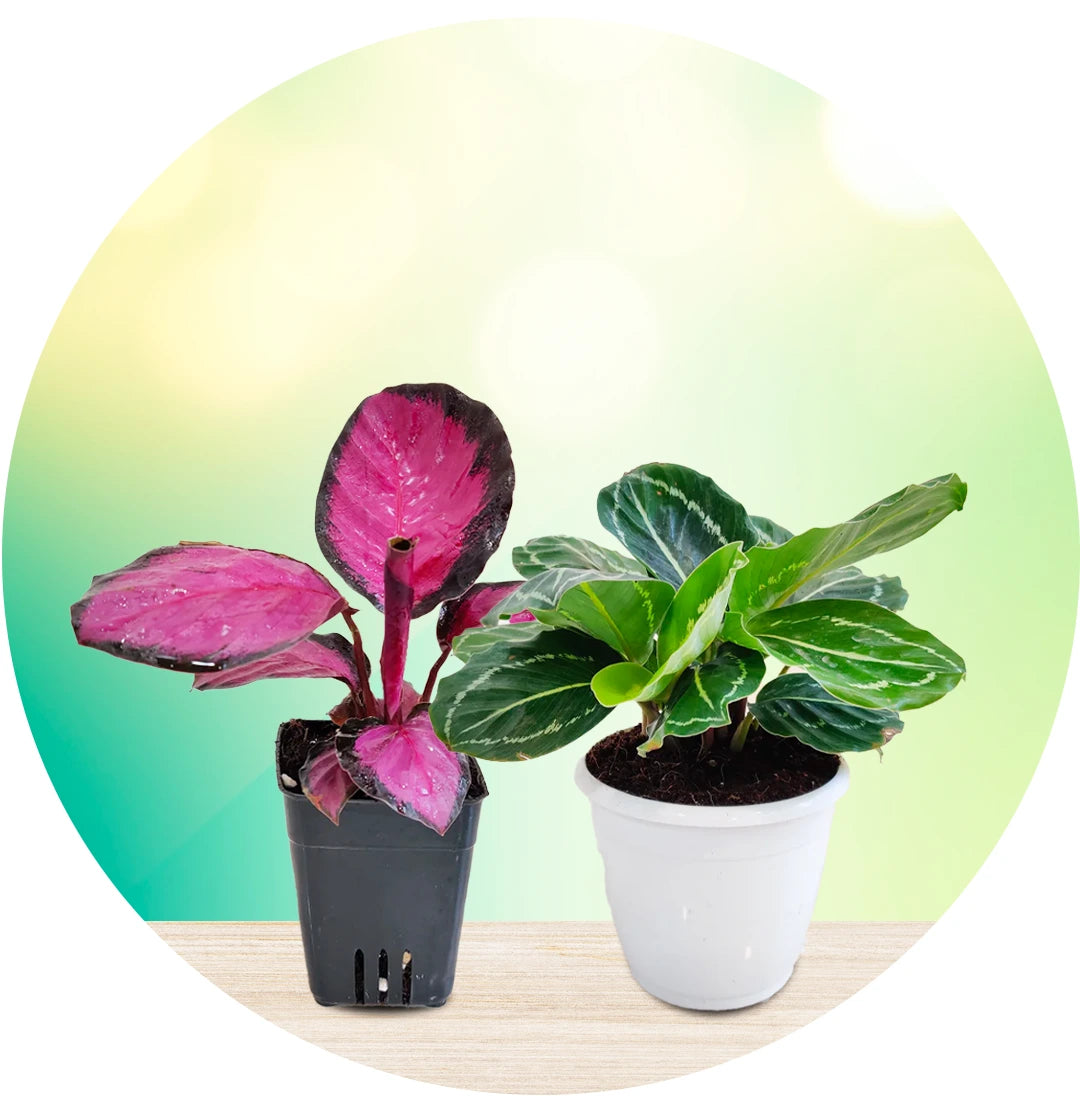
Leave a comment